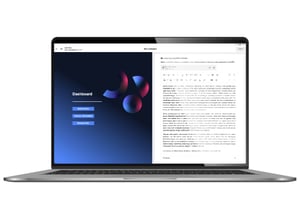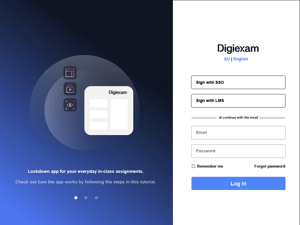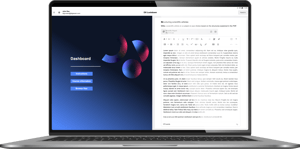In an era where digital transformation is reshaping every aspect of our lives, the education sector is not far behind. The traditional pen-and-paper exams, long considered a staple of academic assessment, are progressively making way for a more efficient alternative: exam software. This blog delves into the compelling reasons why schools are increasingly adopting this innovative approach.
The Shift to Digital: A Necessary Evolution
The educational landscape is evolving rapidly, spurred by technological advancements and changing societal needs. Exam software represents a crucial step in this evolution, offering a more streamlined, accessible, and adaptable testing environment. It aligns with contemporary educational practices that emphasize not just knowledge retention, but also critical thinking and problem-solving skills.
Enhancing Efficiency and Accessibility
One of the primary benefits of an exam software, like Digiexam, is its efficiency. Teachers can create, distribute, and grade exams more quickly and easily, freeing up valuable time for instructional activities. For students, particularly those accustomed to digital interfaces, this software provides a more intuitive and engaging testing experience. It also offers greater accessibility, catering to students with special needs through features like adjustable font sizes, screen readers, spell checkers, and alternative input methods. This inclusive approach helps create a more equitable testing environment for all students.
Maintaining Academic Integrity
With the rise of digital exams, concerns about academic integrity have been paramount. An exam software addresses these concerns through robust security measures like lockdown functionality, and remote proctoring capabilities. These features ensure that the sanctity of the examination process is maintained, even in a remote or hybrid learning environment.
AI in education

Seamless LMS Integration with the Digiexam Lockdown App
Delivering secure, high-integrity exams shouldn’t mean juggling disconnected systems or spending...
Read more
Lockdown Monitor: The Benefits of a Full Device Lockdown for Online Exams
As digital tools become more integrated into education, schools are increasingly turning to digital...
Read more
Lockdown Browser Alternatives: Discover the Advantages of Digiexam Lockdown
As online education and digital exams become more common, the demand for lockdown browser...
Read morePreparing Students for a Digital Future
Incorporating digital exams and digital testing into the education system prepares students for a future where digital literacy is essential. By familiarizing them with digital testing platforms, schools are equipping students with the skills and confidence needed to navigate the increasingly digital landscape of higher education and the workforce.
Conclusion
The transition to digital and the use of an exam software represents a significant leap forward in educational assessment. It not only makes the process more efficient and adaptable but also aligns with the digital-first direction in which the world is moving. As more schools embrace this technology, we can expect to see a continued enhancement in the quality of education and student outcomes, solidifying the role of digital tools in the future of learning.
.jpg?width=100&name=TW0_5573%20(1).jpg)
